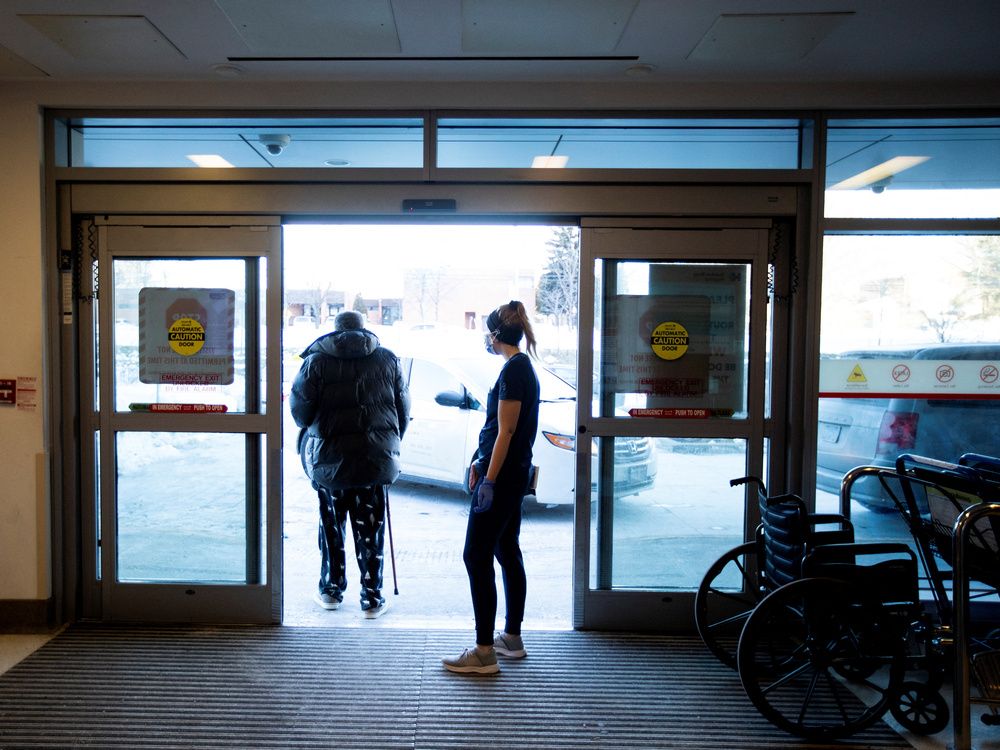Mad Mike
Well-known member
2 things. First, I think you will be very surprised how much improved LTC is under the current Ford regime. Still struggling, but in much better shape with respect to regulatory compliance and outcomes. Been in one lately? I've been balls-deep in LTC for the last year.ask the seniors how they did/are doing under "private care' with the watchful eye of Fnord.

Record in long term care homes is dismal says reader | Saugeen Times
saugeentimes.com
Second, don't come to an argument unarmed.
Ford inherited a lot of broken stuff, among the worst was LTC. PC Harris started overhauling the public sector, however, McGinty and Wynne carried forward his privatization and cost-cutting agenda at WOT. Their reforms were a bit more sinister as they focussed on displacing gov't costs onto workers, the elderly, and the poor while preserving votes from the masses through hollow election promises.
Liberals' aggressive privatization and P3 reforms to LTC included massive subsidies for-profit nursing and LTC ($10B+ in cash transfers over 10 years). Despite fully understanding the tension for $$$ between 'profit’ and ‘care’, they turned a blind eye with respect to transparency, financial accountability, and regulation. Whether they did this for expediency or votes, the public's money hit shareholders and executives instead of serving the needs of residents. 15 years later Ford inherited a poorly regulated, financially unbalanced system that was raping the public purse at the expense of residents and workers.
Libs knew the problems, they campaigned with specific promises to fix, but never fulfilled a single promise.
McGuinty came to power in 03 with LTC reform as a campaign promise. He failed to deliver on promises of minimum staffing levels of 4hrs/day, care standards, and competitive bidding. It was later determined that Elinor Caplan recommended no action as it would jeopardize votes and party donations.
Over the liberal's tenure, they celebrated adding 20,000 beds to LTC! Horray -- we need beds! Sadly they added 2,500 PSWs and 900 nurses - care - so each of those new beds got 1.1 hours of care / day. Their failure to keep staffing levels in pace with the growth of complex needs has created alarming scenarios in care homes. One of the most egregious was turning to antipsychotic drugs as chemical restraints -- at it's peak 70% of dementia patients and 40% of all patients were continuously drug restrained.
What has Ford done?
- Doubled the number of inspectors across the province and is doubling fines for individuals and corporations in long-term care that violate care standards. Wanna see staff jump in a LTC home today? Whisper 'look at that droplet on the floor, someone could slip".
- Use of antipsychotic drugs as chemical restraints has dropped by half to it's lowest point ever, <20%.
- 90 facilities had no AC and substandard HVAC, they will all have all been brought into compliance by this summer.
- Building 40% more bed inventory is well underway -- by 2028 that will be done. MAny of the 28,000 beds that were out of compliance when PCs took office now meet provincial standards.
- Increased transparency. Annual inspections, compliance audits, incident reports, and wait times for every private and public LTC facility in Ontario are now publicly available on-line.

















